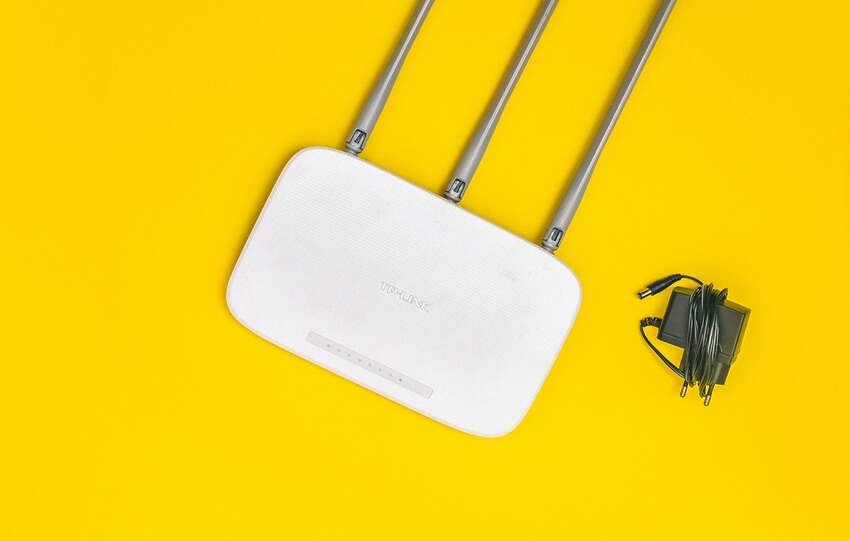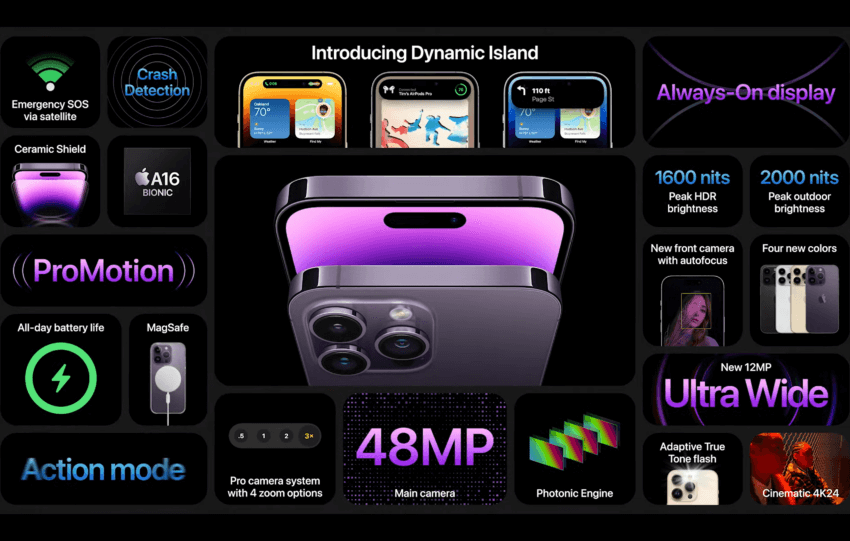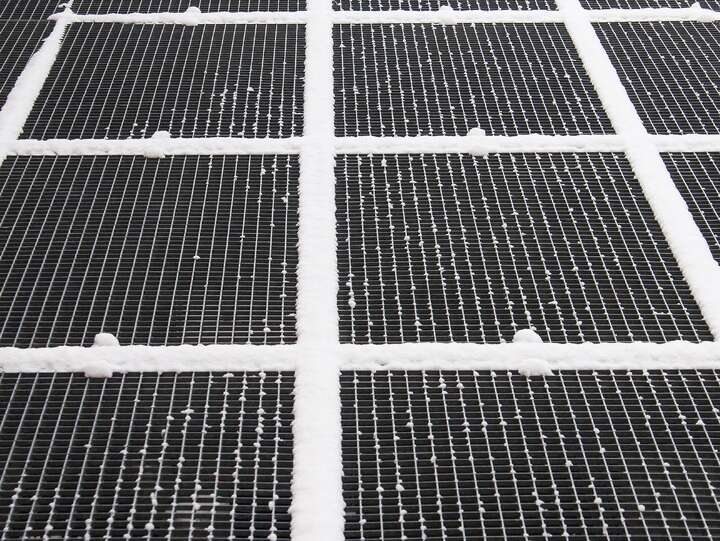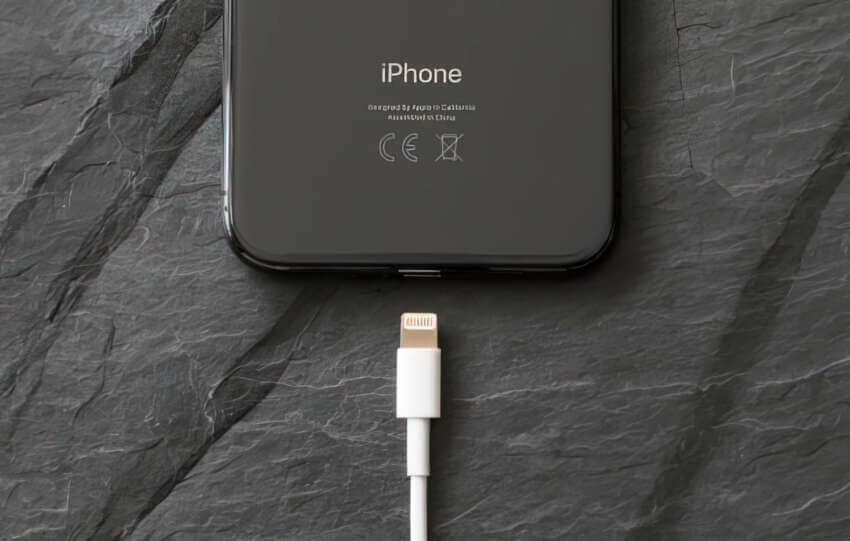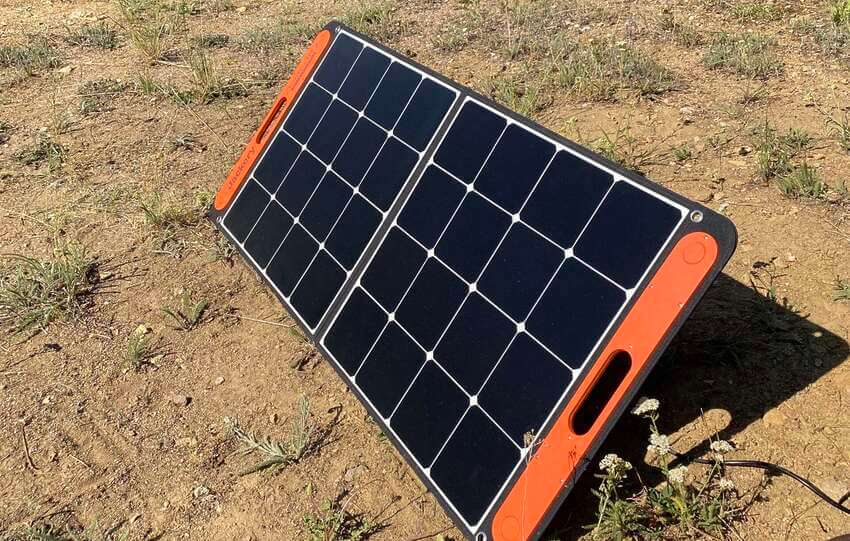Share This Article
Are you looking for the best portable power station to take on your next camping or fishing trip? Are you trying to figure out what size is best for your needs? If so, then this blog post is for you!
We’ll look at why size matters when it comes to choosing a portable power station and provide some tips for choosing the right one. You can check out our pick for the best portable power station here.
Think About Where You Plan to Use It
When it comes to choosing the right size portable power station, it’s important to think about where you plan to use it. If you’re looking for a power station for camping, you’ll need a much different size than if you’re going to use it for a job site.
For example, if you’re camping, you will likely need a smaller power station with a lower wattage rating. However, if you’re using a portable power station at a job site, you may need a larger one with a higher wattage rating.
It’s also important to consider how many outlets and USB ports you need. If you plan to run multiple devices simultaneously, you’ll want to make sure your portable power station has enough ports for all of them.
Additionally, you should consider if you need any additional adapters or accessories for your power station.
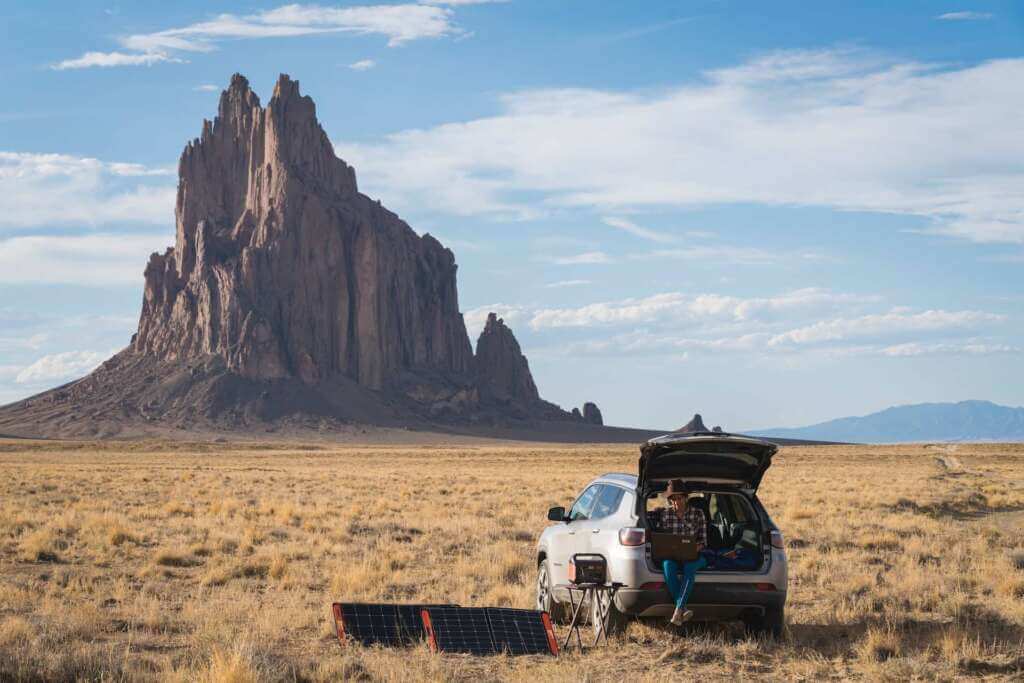
Determine How Long You Need to Run Devices
When you’re considering what size portable power station you need, it’s important to think about how long you need to run devices. This is where you’ll need to use a bit of math to determine the size of the power station.
Start by calculating the watt hours (wH) your device needs. This is usually printed somewhere on the device or in the manual. Then multiply that number by the number of hours you need it to run before the power station dies.
To calculate the wattage used by a light bulb over a period of time, you can use the following equation: (watts) x (hours) = watt-hours.
So, for example, if you have a 60-watt bulb and you want to know how many watts it uses in 24 hours, you would calculate 60 watts x 24 hours = 1440-watt-hours. The abbreviated measurement for this would be 1440Wh.
Finally, multiply that number by 1.2 to get the size in wH you need for your power station. That way, you can be sure your device will always stay powered when you’re out and about.
Power Delivery between USB Charging Port
Typically Devices Power Consumption
USB-C PD is a new standard that can deliver up to 100 watts of power. This is enough to charge laptops and other devices.
Understanding the Different Power Requirements
When choosing a portable power station, it is important to understand the different power requirements of the appliances and devices you plan to run. Each device will require its own wattage or amperage rating.
Watts measure the amount of electrical power used by an appliance, while amperage measures the amount of current flowing through an electrical circuit. Knowing these ratings can help you determine how much power you need from your portable power station.

For example, a laptop may require 65 watts for charging, while a TV might require up to 200 watts for operation.
Additionally, some appliances and devices may require additional components such as DC/AC converters or solar chargers in order to work with your portable power station.
Compare Wattage and Amperage Ratings
When it comes to buying a portable power station, it’s important to understand the difference between wattage and amperage ratings.
Wattage is the measure of the total amount of power that a device draws, while amperage is the measure of the current that a device needs to draw.
Generally, wattage ratings are higher than amperage ratings, so it’s important to pay attention to both as you shop. It can be helpful to use a wattage calculator to determine the total wattage needed for all of your devices.
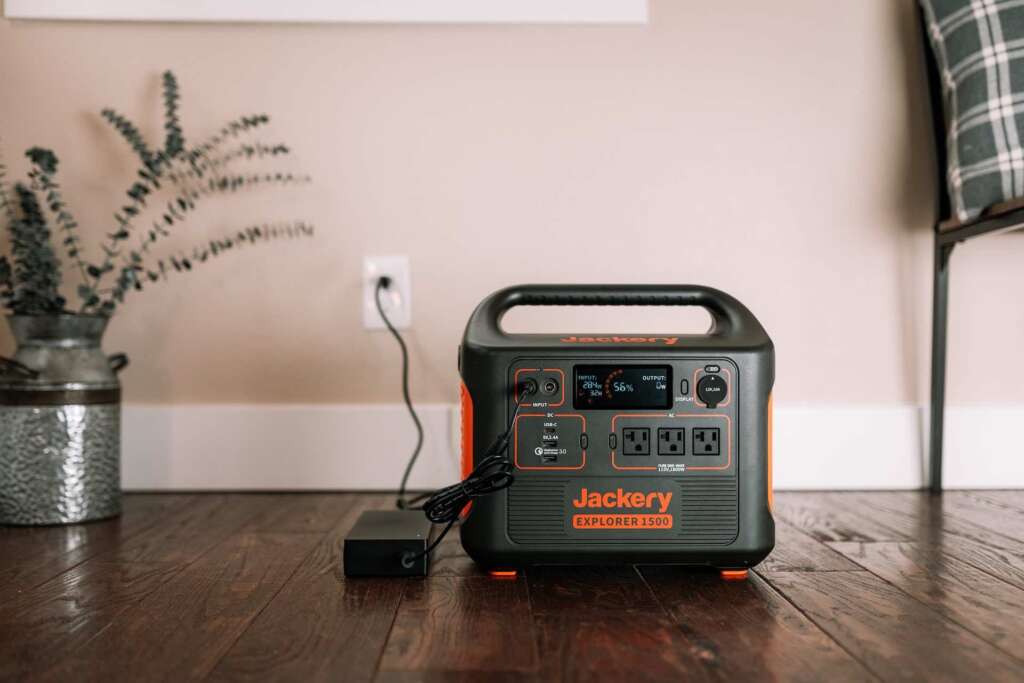
This will help you determine the size of portable power station that you need. Additionally, many power stations come with a voltage meter or display that will show you how much power is left in the battery. This can be helpful in managing your energy consumption.
Calculate Total Watts Needed by Adding Up All Devices
When it comes to portable power stations, wattage is the most important factor to consider. Watts are the measure of how much energy your devices require to run.
To figure out how many watts you need, it’s best to add up all of the wattage of the devices you plan on powering. This will give you the total wattage needed for your power station. It’s also important to compare wattage and amperage ratings, as some devices may require more current than others.
For example, if you plan on powering a laptop, it may require more watts than a cell phone charger. To be thorough, make sure to include any additional accessories or components that you will need to run the device.
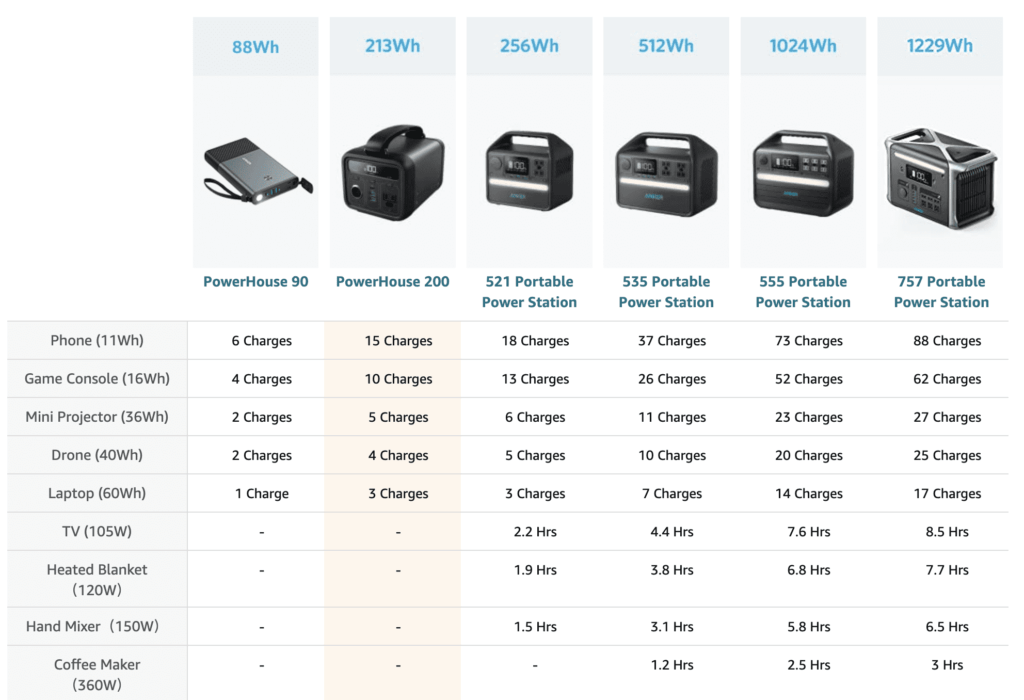
Once you know how many watts you are using on average, you just have to multiply that by the number of hours you want to use the power station before it dies and then multiply that number by 1.2 for a more accurate estimate.
Consider Size and Weight of the Station
When deciding on the right size and weight of your portable power station, consider how often you plan to transport it and how much space you have available to store it.
The size and weight of the station is an important factor in determining its portability. If you plan to take it on camping trips or other outdoor activities, a smaller and lighter station may be more beneficial.
However, if you are looking for a station to keep at home, a larger and heavier model may be more beneficial.

Additionally, consider whether the station has handles or wheels that make it easier to transport. It’s important to find a station that suits both your needs and your lifestyle.
Consider Battery Capacity, Outputs, and Inputs
When selecting the right portable power station, it’s important to consider the battery capacity, outputs, and inputs. Battery capacity indicates how much power can be stored in the battery, while outputs and inputs tell you how many devices can be powered at once and how quickly it can charge.
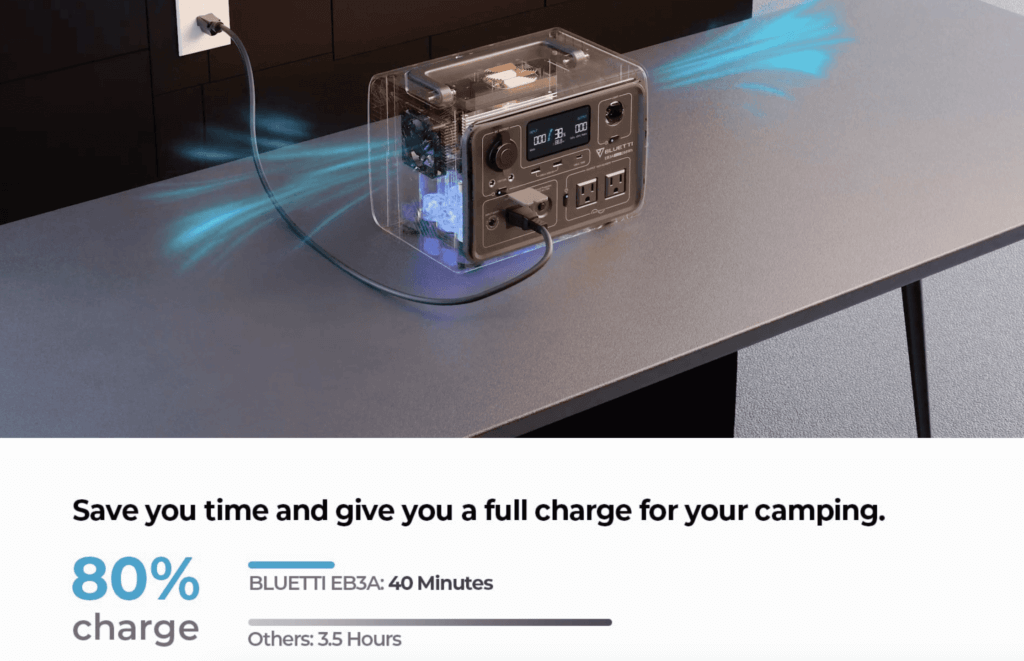
Look for a power station with enough capacity to meet your needs. Additionally, check for multiple output ports to power multiple devices at once, and make sure it is compatible with the type of charger you need.
It’s also important to consider the types of ports and cables that come with the device. Be sure to check these features before making your purchase.
Choose a Portable Power Station Based on Your Needs
Once you have determined how many watt-hours you will need to power your devices, you should then consider the size and weight of the portable power station.
When selecting a power station, you should look for one that is lightweight and small enough to provide the capacity you need without taking up too much space.
Additionally, you should consider the battery capacity of the station, its outputs and inputs, as well as any other features that can affect your usage. Some stations come with solar panels, allowing you to charge your battery while camping or traveling, while others come with USB ports and AC outlets for charging multiple devices.
You should also check for safety features such as overcharge protection and surge protection, as well as efficiency ratings and warranties.
Finally, be sure to research reviews of the particular model you are considering to ensure that it meets your needs and is of good quality.
Check for Safety Features, Efficiency Ratings and Warranties
When selecting a portable power station, it is important to check for safety features, efficiency ratings, and warranties.
Safety features such as over-temperature and over-current protection, circuit breaker protection, and surge protection are essential to protect your devices and the station itself.
Efficiency ratings let you know how much power is being lost in the conversion process between the station and the device.
Additionally, warranties will provide you with peace of mind in case the station has any defects or malfunctions.
Research Reviews for Quality Assurance
Before investing in a portable power station, it is important to read reviews from reliable sources. You want to make sure that you are getting a quality product that will meet your needs and last for a long time.
Reviews can provide information about the overall performance, battery life, portability, durability, and other important factors. Be sure to look for reviews from customers who have used the product for a similar application as yours.
Additionally, researching company reputations and customer service policies can help you make the best decision for your particular needs.
Account for Any Additional Accessories or Components Needed
When shopping for a portable power station, it’s important to take into consideration any additional components or accessories you might need.
Depending on what you plan to power, you may need an inverter to convert DC to AC power, an adapter to plug in several devices, or additional cables and connectors.
All of these can impact the overall cost of your power station. Additionally, check to see if the unit you’re considering comes with any additional safety features such as surge protection, or extra ports for charging multiple devices at once.
Finally, be sure to read reviews from other customers to determine if your chosen power station is reliable and efficient.
Set a Budget for Your Portable Power Station
When you have determined your power needs and have selected a power station that fits your needs, it is important to set a budget for your purchase.
Portable power stations come in a variety of prices, so it is important to determine how much you are willing to spend. You may want to consider investing in a higher-end model if you plan on using the station for regular outdoor activities or power outages.
Consider any additional components or accessories you may need as well, such as solar panels or extension cords, and factor these costs into your budget.
Don’t forget to look for deals and promotions that may help make your purchase more affordable. You can check out our pick for the best portable power station for this year.
Conclusion
When it comes to choosing a portable power station, size matters. The size of the battery, wattage, and amperage ratings all play a role in determining your needs.
Consider the devices you need to power and for how long, as well as size and weight for portability.
Safety features and warranties also help to ensure you get the best value for your money. Think about where you plan to use it, research reviews for quality assurance, and set a budget before making a purchase.
With careful consideration of your needs and the right research, you can find the perfect portable power station for your needs.

